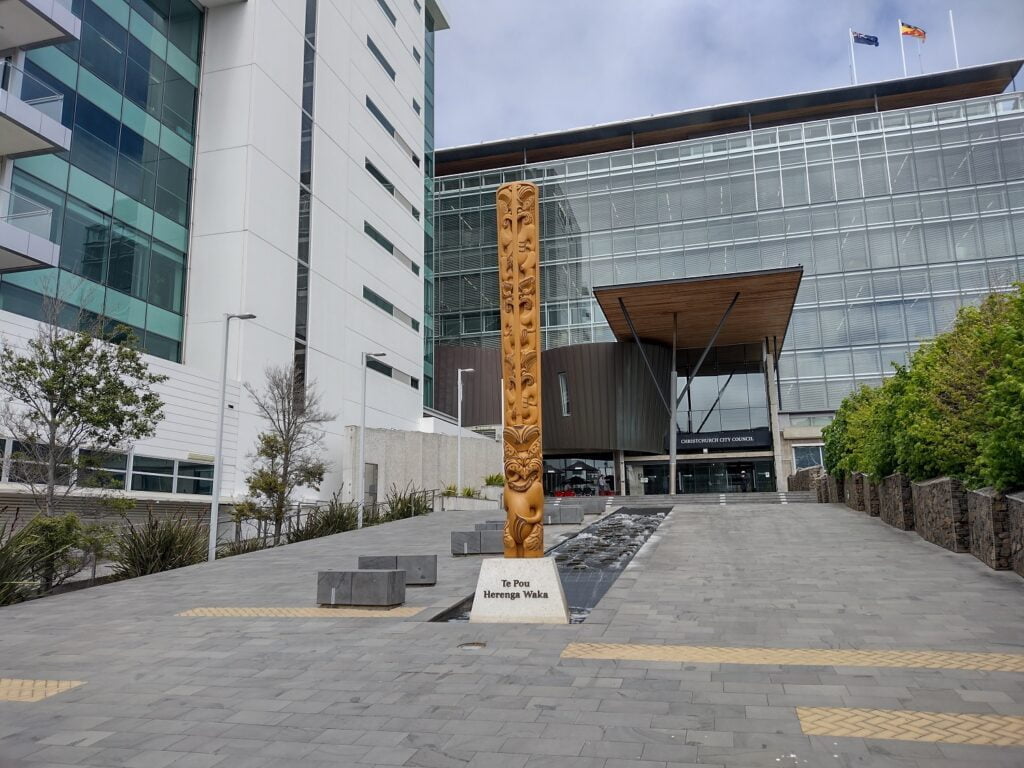An Exploration of the Many Environmental Benefits of High-Density Housing
By Rose Morrison, managing editor of Renovated
Cities worldwide are expanding at an alarming rate, and the current infrastructure can’t contain all residents. Cities are forced to extend outward to build more housing to keep up with growing demand. The suburban sprawl consumes astronomical amounts of land and resources, causing devastating damage to the environment.
The American dream conjures images of a house on an acre with a white picket fence. However, there are far too many people for that to be possible without wiping out all our natural resources and destroying habitats. What if there was a way to create enough room for new families to live without taking over new acreage? The answer could be more high-density housing, which can be incredibly beneficial for the environment and the people who live there.
See our resource hub: Sustainable Construction: A Comprehensive Guide
What Is High-Density Housing?
High-density housing fits more people into a smaller area by closing the distance between units and building upward. Developers work to repurpose old, dilapidated buildings, expand on top of existing structures, and design new ones that balance residential and environmental concerns. High-density housing most typically takes the form of apartment buildings and condos.

Common Concerns
One of the biggest obstacles to high-density housing is public opinion. Some of the most common concerns regarding this aspect of city planning include:
An area filled with apartment buildings and condos directly contrasts with the image of parks and gardens. To be fair, that’s somewhat the case. High-density housing pulls away from the traditional house and lawn ideal. However, it saves much more green space than it uses.
Expanding up means consuming much less of the natural environment our native plants and animals need to survive. Also, with careful planning, high-density housing makes more room for local parks and community gardens, which are still an essential part of life in the city.
Anxious locals worry that high-density housing will bring a drastic increase in traffic. This will likely happen, but possibly not as much as you might think. With proper public transportation and amenities within walking distance, there isn’t as much need for individuals to own cars.
Another concern is that high-density housing will ruin the look and feel of areas once primarily made of single-family homes. Adding apartment complexes will inevitably change how these suburbs look and feel, but it prevents growing outward and clear-cutting more land. Plus, with more people living in one area, there are more opportunities for local business and entertainment options.

Environmental Benefits of High-Density Housing
Despite the few drawbacks and concerns about high-density housing, it can have a profoundly positive impact on the environment.
Suburbs grow exponentially as city populations continue to increase, taking up more of the local environment. Animal and plant species already struggling for survival could cease to exist due to this increased expansion. Many animals, like the Florida panther, need large swathes of land to hunt. Others require a very specific natural environment to thrive. Further splitting up their natural habitats disrupts and destroys entire ecosystems.
High-density housing keeps population growth within the preexisting boundaries of the city. Instead of clear-cutting new land, builders can repurpose unused and unsightly buildings and build taller structures. Sacrificing the American dream of an acre for everyone creates a tighter community that preserves surrounding natural habitats.
The close nature of apartment and condo living means less heat loss. These structures are built with efficiency in mind, using better insulation materials to preserve heating and cooling. Also, since warm air rises, apartments near the top of these buildings can often use less heat. Units are much smaller than single-family homes and therefore take much less energy to heat and cool.
A traditional single-family home is exposed to the elements on all four sides, whereas an apartment unit is typically only open on one or two. Due to the extra exposure and difference in building materials, apartments can use much less energy to heat and cool the same amount of space.
A study from the late 2000s examined the difference between the two and found a typical home used around 100 million BTU a year, and an apartment in a complex with two to four units used 60 million. A unit in a building with five or more apartments used 40 million. The savings are significant, and energy efficiency in apartment buildings has only improved since then.
A larger number of people living in an area can support more amenities and services within a short distance. People don’t need to be as reliant on cars or public transportation since more shops and entertainment options are close by. Landlords can keep good tenants by encouraging active involvement in the community and local offerings.
With high-density living options, anyone can ride a bike or walk to accomplish most of their daily errands and possibly even get to work the same way. In fact, it’s possible to reduce your carbon footprint by half a ton each year just by walking or biking for one trip each day instead of using other transportation.
Using public transportation over individual cars can reduce carbon emissions by 45%. However, suburbs and towns with low-density housing are so spread out it’s nearly impossible to maintain sustainable and cost-effective transit systems.
More people living in a smaller area makes it much easier to develop a good infrastructure of public transportation options. Taking more cars off the roads also reduces sound pollution and improves air quality, especially as we explore newer, more sustainable methods of public transport. Another benefit of fewer cars is reducing other harmful chemicals like antifreeze, which can run off into the water supply.
Another significant environmental benefit of high-density housing is the reduction of outdoor maintenance required. Families use fossil fuels to power mowers and energy for snow and leaf removal in a traditional home. They spend our dwindling water supply on watering brown lawns and flower beds. However, apartment buildings and condos have much less outdoor maintenance per family since the walkways and entry are communal.
One Final Caveat
The environmental benefits of high-density housing are undeniable, but they only exist if everyone involved in planning prioritizes sustainability.
Repurposing should come before knocking down old structures to build new ones. Also, builders must select their materials carefully, and architects should create energy-efficient designs to maximize a building’s potential. City planners need to ensure reliable public transportation, a balance of amenities close to living areas and plenty of land left for communal green space.
Otherwise, the impact of creating new dwellings would overwhelm the potential environmental benefits of high-density housing.

About the Author
Rose is the managing editor of Renovated and has been writing in the construction industry for over five years. She’s most passionate about sustainable building and incorporating similar resourceful methods into our world. For more from Rose, you can follow her on Twitter.